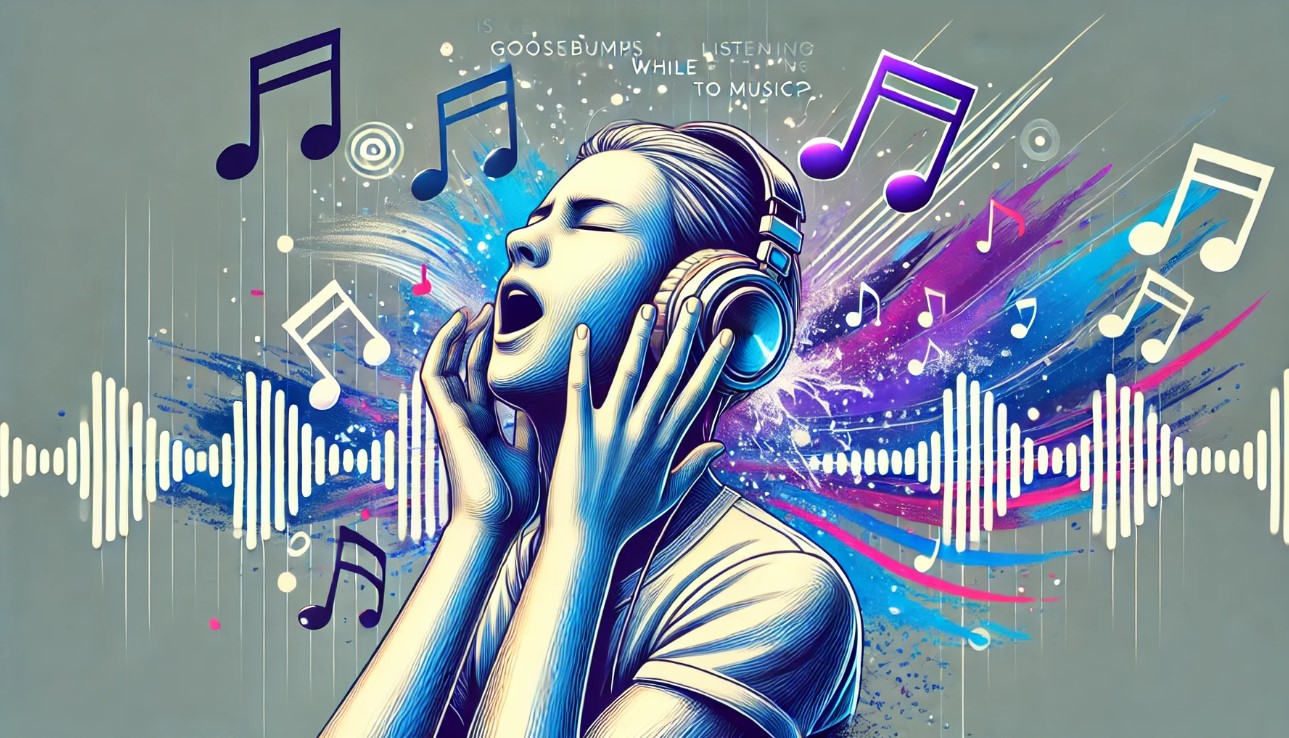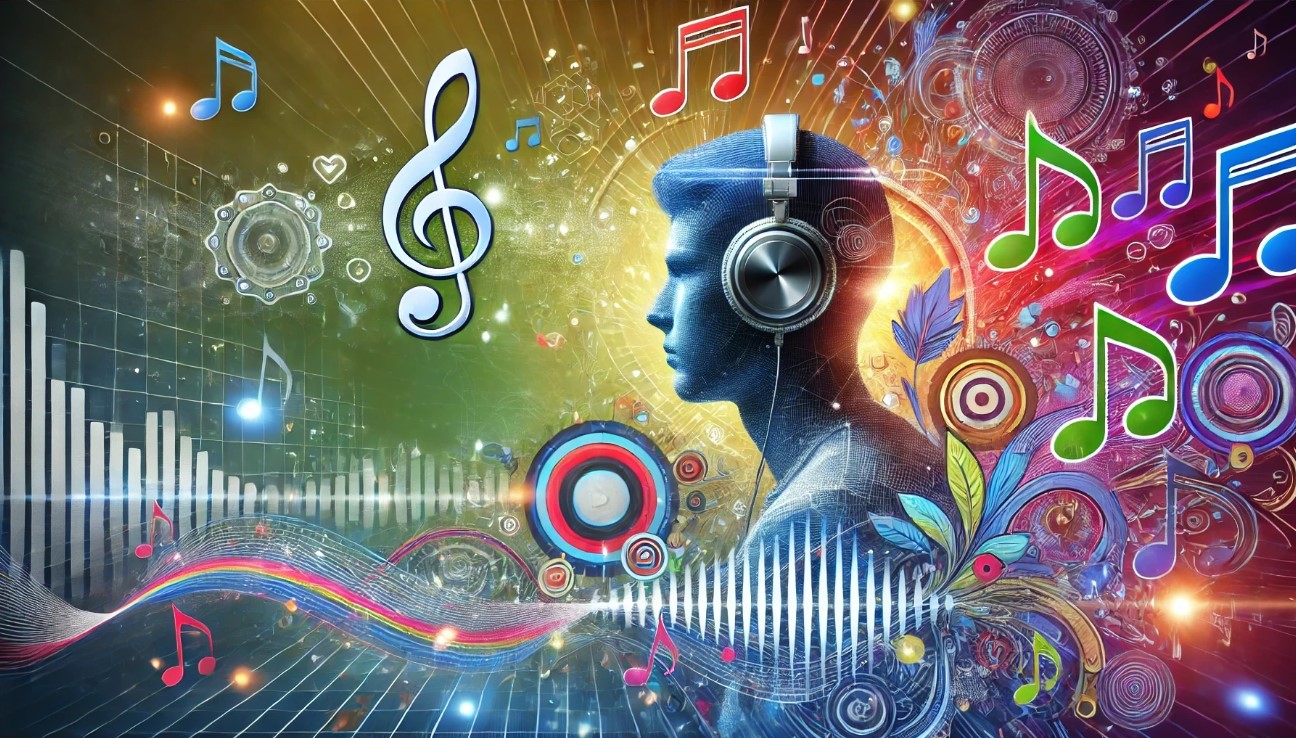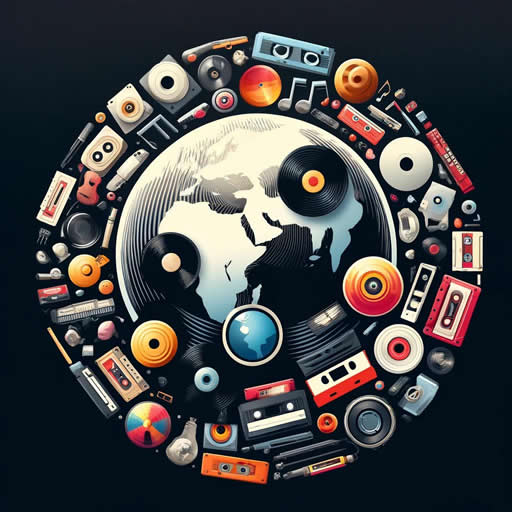Is Getting Goosebumps While Listening To Music Rare
Today, we’re diving into a fascinating phenomenon that many music lovers experience: getting goosebumps while listening to music. This sensory experience, often described as chills or shivers running down the spine, can transform a simple listening session into an emotionally charged event. Is this experience rare, or is it something that happens to many of us? Let’s explore this intriguing topic in depth to understand its prevalence and the underlying mechanisms that make it possible.
One might wonder how common this experience truly is. According to research, approximately 50-60% of people report experiencing goosebumps while listening to music at some point in their lives. This statistic indicates that while it is a widespread phenomenon, it is not universal. While many people do experience goosebumps from music, some never do.

The Science Behind Goosebumps
The Simple Explanation
Goosebumps happen when tiny muscles at the base of hair follicles contract, causing the hair to stand on end. This response is part of the body’s natural fight-or-flight mechanism, typically triggered by cold or strong emotions. When listening to music, especially songs that resonate deeply with us, our brains can release dopamine, the “feel-good” chemical. This release can create powerful emotions, sometimes resulting in goosebumps. So, when a song moves you deeply, your body might respond with goosebumps, showing how connected our emotions are to music.
The More Techy Explanation (feel free to skip)
Goosebumps, or piloerection, occur when the arrector pili muscles at the base of hair follicles contract, causing hair to stand on end. This reaction is part of the sympathetic nervous system’s fight-or-flight response, an evolutionary mechanism preparing the body to respond to threats. Typically, this is triggered by cold temperatures or intense emotional stimuli.
The connection to music involves complex neural activities. When we listen to music, it stimulates the auditory cortex, processing sound. This auditory input often evokes memories and emotions, engaging brain regions like the amygdala and hippocampus. Deeply resonant music can activate the brain’s reward system, particularly the nucleus accumbens, resulting in dopamine release. Dopamine is a neurotransmitter linked to pleasure and reward, reinforcing behaviors and experiences that bring joy and satisfaction.
Music’s impact is heightened through the anticipation and resolution of musical patterns, such as crescendos, key changes, or poignant lyrics. These elements create tension and release, mirroring emotional experiences and leading to intense emotional responses. Brain imaging studies using fMRI have shown increased activity in the ventral striatum, midbrain, amygdala, and orbitofrontal cortex during moments of musical chills. This activity indicates a deep integration between auditory perception and emotional processing.
Thus, the phenomenon of getting goosebumps from music is a result of the brain’s complex interplay between auditory stimuli, emotional centers, and the reward system, highlighting the profound connection between music and our emotional and physical responses.
Emotional Response to Music
When we listen to music, especially songs that resonate deeply with us, our brains engage in a remarkable process that intertwines auditory perception and emotional experience. One of the key players in this process is dopamine, often referred to as the “feel-good” neurotransmitter. This chemical is crucial in the brain’s reward system, influencing feelings of pleasure, motivation, and emotional response.
The journey begins in the auditory cortex, where the brain processes the sound of the music. This area decodes the complex signals and turns them into melodies, harmonies, rhythms, and lyrics that we recognize. But the experience of music doesn’t stop there; it triggers a cascade of neural activities that engage multiple brain regions.
When a piece of music resonates with us—be it through a poignant lyric, a powerful chord progression, or a soul-stirring melody—our brain’s reward system is activated. The nucleus accumbens, a critical component of this system, releases dopamine. This release is akin to the brain’s response to other rewarding stimuli, such as delicious food or social interactions. The surge of dopamine not only enhances our pleasure but also solidifies our emotional connection to the music.
This dopamine release can create a powerful emotional response, often leading to physical reactions like goosebumps, chills, or even tears. These physical manifestations are a testament to the profound impact music can have on our emotions. Goosebumps, or piloerection, occur when the tiny muscles at the base of hair follicles contract, often in response to strong emotional stimuli. Chills can run down our spine, and tears can form as the music touches the deepest parts of our emotional being.
But why does music evoke such strong reactions? It’s partly due to music’s ability to mimic and evoke emotional states. For example, a minor key might convey sadness or longing, while a major key might evoke happiness or triumph. Dynamic changes, such as a sudden drop in volume followed by a crescendo, can create tension and release, mirroring the emotional rollercoasters we experience in life. These elements of music can trigger memories, feelings, and even physiological responses.
Music’s ability to evoke emotions is also deeply rooted in our brain’s wiring. Research shows that when we listen to emotionally engaging music, there is increased activity in brain regions associated with emotion, such as the amygdala, which processes emotional reactions, and the prefrontal cortex, which is involved in complex thought and emotional regulation. This interconnectedness explains why certain songs can bring back vivid memories or transport us to different times and places in our lives.
Is It Rare to Get Goosebumps from Music?
Studies show that getting goosebumps from music is not rare, but it isn’t universal either. According to research, about 50-60% of people report experiencing chills or goosebumps when listening to music. This response can depend on several factors, including:
- Musical Training: People with musical training are more likely to experience goosebumps because they might have a deeper understanding and appreciation of the music’s structure and emotional nuances.
- Emotional Sensitivity: Individuals who are more emotionally sensitive or empathetic might be more prone to such reactions.
- Song Choice: The type of music also plays a significant role. Powerful vocals, crescendos, and unexpected harmonies are common triggers.
The Role of Personal Connection
Personal connections to certain songs or genres can significantly amplify the likelihood of experiencing goosebumps. These connections often stem from the associations our brains make between the music and important events, places, or people in our lives. When a song reminds you of a significant event or person, it can elicit a stronger emotional and physical response. This connection can transform a simple melody into a deeply moving experience, rich with personal meaning and emotional depth.
For instance, a song that played during a pivotal moment in your life, such as a wedding, graduation, or a memorable road trip, can bring back vivid memories and emotions associated with that time. The brain’s hippocampus, which is involved in forming and retrieving memories, works in concert with the auditory cortex and emotional centers like the amygdala to recreate the feelings you experienced during those moments. This multisensory memory recall can make the music feel more powerful and emotionally charged.
The lyrics of a song can also play a crucial role in this process. Words that speak to your experiences, challenges, and triumphs can create a profound connection. A song’s narrative might mirror your own life story or express emotions you’ve felt but couldn’t articulate, providing a sense of validation and understanding. This lyrical connection can deepen your emotional engagement with the music, making the physical reaction of goosebumps more likely.
Additionally, shared musical experiences can amplify emotional responses. Attending a concert with friends or family, singing along to a favorite song, or dancing to a cherished tune at a party can create collective memories that reinforce the emotional impact of the music. These shared moments contribute to the song’s significance, making it more likely to trigger goosebumps when heard again.
Why Do Some People Never Experience Goosebumps from Music?
While many people do experience goosebumps from music, some never do. This variance in reaction can be attributed to individual differences in brain structure and function. Not everyone’s brain responds to musical stimuli in the same way, and this disparity can influence whether a person experiences physical reactions such as goosebumps. For those who do not experience this phenomenon, it doesn’t necessarily mean they lack an appreciation for music; rather, their brain might process auditory and emotional stimuli differently.
Research has delved into these differences, revealing that people who don’t experience goosebumps while listening to music might have less connectivity between the auditory cortex, where music is processed, and the areas of the brain responsible for emotional processing, such as the amygdala and the prefrontal cortex. The auditory cortex decodes the sound waves into understandable music, but if there is weaker connectivity with the emotional centers, the music might not elicit the same intense emotional response that causes physical reactions like goosebumps. This weaker connectivity can result in a more muted emotional reaction to music, even if the individual still enjoys listening to it.
Additionally, other factors could play a role in this phenomenon. For example, individual differences in personality traits, emotional sensitivity, and even genetic predispositions can influence how one reacts to music. Some people might have a more analytical approach to listening to music, focusing on technical aspects rather than emotional content, which might also affect their physical responses. Moreover, cultural and environmental factors, such as exposure to music in different contexts and personal life experiences, can shape one’s emotional and physical reactions to music. Understanding these individual differences can provide deeper insights into the diverse ways people experience and appreciate music, highlighting the unique interplay between our brains, emotions, and the art of sound.

Enhancing Your Music Experience
If you’ve never experienced goosebumps from music but want to, there are several strategies you can employ to enhance your listening experience and potentially trigger that elusive physical reaction. While individual responses to music vary, creating an optimal environment and mindset for listening can make a significant difference. Here are some detailed approaches to help you achieve a more immersive and emotionally engaging musical experience:
Active Listening
Active listening is a crucial step in enhancing your music experience. This means more than just having music play in the background; it involves engaging deeply with the music. Pay close attention to the various elements of a song, such as the lyrics, melody, harmony, and instrumentation. Focus on how the different instruments interact, the structure of the song, and the emotions conveyed by the vocals. Try to understand the story or message behind the lyrics and appreciate the nuances in the performance. By actively concentrating on these aspects, you can develop a deeper connection with the music, making it more likely to evoke a strong emotional response.
Choose the Right Environment
The environment in which you listen to music can greatly influence your experience. To fully immerse yourself in the sound, choose a quiet, comfortable space free from distractions. This setting allows you to focus solely on the music, enhancing your ability to engage emotionally. Consider using high-quality headphones or speakers to ensure you hear every detail of the music. The right environment can help create a more intimate and personal listening experience, increasing the likelihood of experiencing goosebumps. Additionally, listening in a dimly lit room or with your eyes closed can help you concentrate better on the music and its emotional impact.
Explore Different Genres
Sometimes, finding the right genre or song that resonates with you is key to experiencing goosebumps. Music is incredibly diverse, and what moves one person might not affect another in the same way. Don’t be afraid to explore different types of music beyond your usual preferences. Classical music, with its rich orchestration and dynamic contrasts, can evoke powerful emotions. Jazz might captivate you with its improvisational nature and complex harmonies. Rock and pop can provide high-energy and emotionally charged performances. Genres like ambient or electronic music can create immersive soundscapes that draw you in. Experimenting with different genres can help you discover new favorites that resonate deeply on an emotional level.
Additional Tips
In addition to the above strategies, there are other techniques you can try to enhance your music listening experience. Engaging with live music, whether through concerts or live recordings, can add an extra layer of emotional intensity due to the raw energy and spontaneity of the performance. Sharing your listening experience with friends or family can also amplify your emotional response, as communal listening often heightens emotional engagement.
Mindfulness practices, such as deep breathing or meditation before listening, can also help clear your mind and enhance your focus on the music. By approaching your listening sessions with an open and attentive mind, you increase the chances of experiencing a profound emotional reaction.
Getting goosebumps while listening to music is a unique and personal experience. It’s not rare, but it’s not something everyone experiences. This reaction underscores the powerful connection between music and emotion, highlighting how music can touch us in profound ways.
Whether you’re a frequent experiencer of musical goosebumps or new to the phenomenon, remember that the beauty of music lies in its ability to move us, each in our unique way. At Music Collectors World, we celebrate these magical moments and encourage you to explore the music that speaks to your soul.
